In the world of judo, the concept of kuzushi—the art of breaking an opponent's balance—is fundamental to executing successful throws. Without proper kuzushi, even the most technically sound throw can fail. This principle lies at the heart of judo's throwing techniques, known as nage-waza, and separates skilled practitioners from mere participants. The mastery of balance disruption is not just about brute force; it is a nuanced interplay of timing, leverage, and psychological awareness.
The essence of kuzushi revolves around destabilizing an opponent's center of gravity. Every human body has a natural equilibrium point, and judo techniques exploit this by shifting or removing the support beneath it. When executed correctly, the opponent becomes vulnerable, unable to resist the throw. This concept is deeply rooted in the philosophy of "maximum efficiency, minimum effort," a core tenet of judo established by its founder, Jigoro Kano. The elegance of kuzushi lies in its subtlety—often, the slightest off-balancing action can lead to a devastating throw.
One of the most fascinating aspects of kuzushi is its psychological dimension. A skilled judoka does not merely rely on physical manipulation but also uses feints, grips, and footwork to create mental openings. By forcing the opponent to react defensively or overcommit, the judoka sets the stage for a seamless transition into a throw. This mental aspect is what makes judo as much a game of chess as it is a physical contest. The best practitioners anticipate their opponent's movements and exploit them before they even realize they’ve been unbalanced.
Different throws require different approaches to kuzushi. For example, in ippon seoi nage (one-arm shoulder throw), the judoka typically pulls the opponent forward and downward, breaking their posture before rotating into the throw. In contrast, techniques like osoto-gari (major outer reap) involve driving the opponent backward, often using a combination of hand pressure and leg action to collapse their stance. Each throw has its own unique kuzushi mechanics, and mastering them requires years of dedicated practice.
Another critical factor in effective kuzushi is grip fighting, or kumi-kata. The way a judoka grips their opponent’s gi can dictate the direction and intensity of the off-balancing action. A dominant grip allows for greater control, enabling the judoka to manipulate the opponent’s posture with precision. Conversely, a weak or poorly positioned grip can render even the most technically sound kuzushi ineffective. This is why high-level competitors spend countless hours refining their grip strategies, knowing that the battle for dominance often begins with the hands.
The timing of kuzushi is equally crucial. Too early, and the opponent can recover; too late, and the opportunity is lost. The most successful throws occur when kuzushi and the throwing motion blend seamlessly, leaving the opponent no time to react. This synchronization is what makes judo throws appear effortless when performed by masters. It’s not uncommon to see a seasoned judoka execute a throw with such precision that the opponent seems to float through the air before landing.
Training kuzushi requires a combination of solo drills, partner exercises, and randori (free practice). Solo drills help judokas develop a sense of their own balance and movement, while partner exercises allow them to experiment with different off-balancing techniques in a controlled environment. Randori, however, is where the real learning happens. In live sparring, judokas must adapt their kuzushi to a resisting opponent, refining their instincts and learning to capitalize on fleeting opportunities.
Beyond its practical application in competition, kuzushi has philosophical implications. It teaches practitioners to remain calm under pressure, to read subtle cues, and to act decisively when the moment is right. These lessons extend far beyond the dojo, influencing how judokas approach challenges in everyday life. The ability to disrupt an opponent’s balance—both literally and metaphorically—is a skill that transcends the sport itself.
In conclusion, kuzushi is the invisible thread that weaves through every successful judo throw. It is the difference between a technique that works and one that fails, between a novice and a master. While the physical mechanics of breaking balance can be taught, the true artistry of kuzushi lies in its execution—a blend of intuition, experience, and relentless practice. For those who dedicate themselves to its study, kuzushi becomes more than just a technique; it becomes a way of thinking, a path to mastery in judo and beyond.
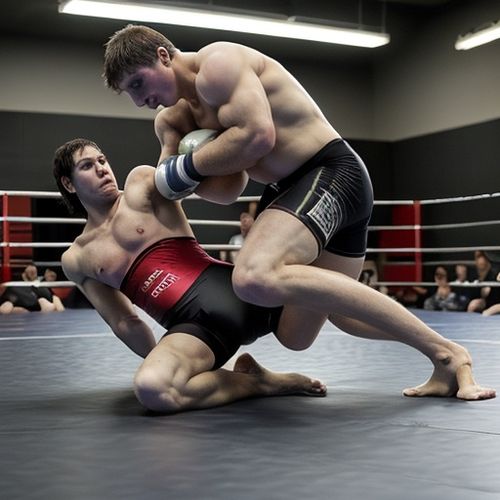
By James Moore/May 9, 2025
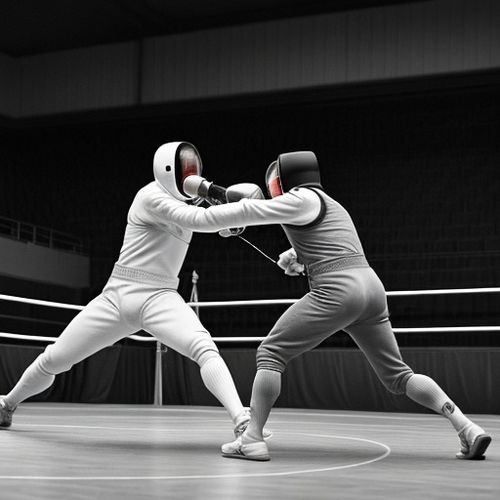
By Christopher Harris/May 9, 2025
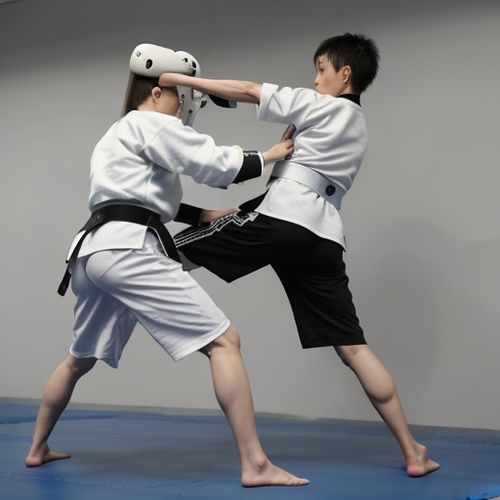
By Elizabeth Taylor/May 9, 2025
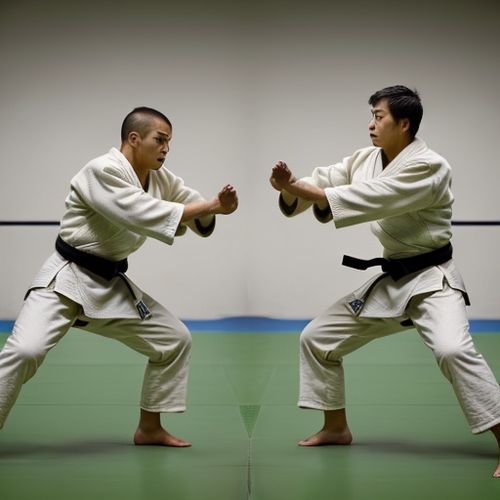
By Amanda Phillips/May 9, 2025

By Daniel Scott/May 9, 2025

By Laura Wilson/May 9, 2025
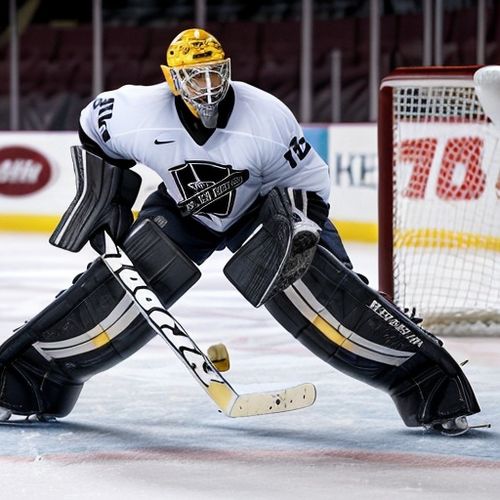
By Christopher Harris/May 9, 2025

By William Miller/May 9, 2025

By Jessica Lee/May 9, 2025
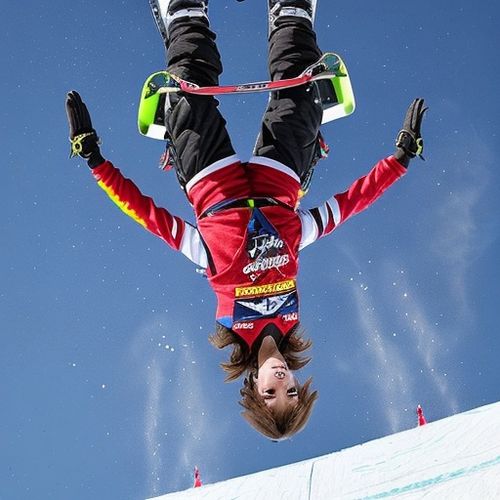
By Noah Bell/May 9, 2025
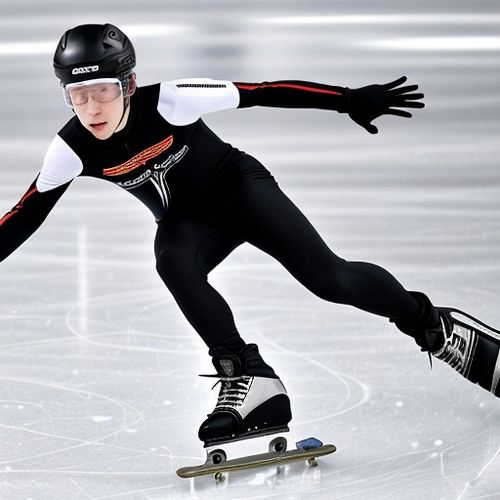
By Amanda Phillips/May 9, 2025
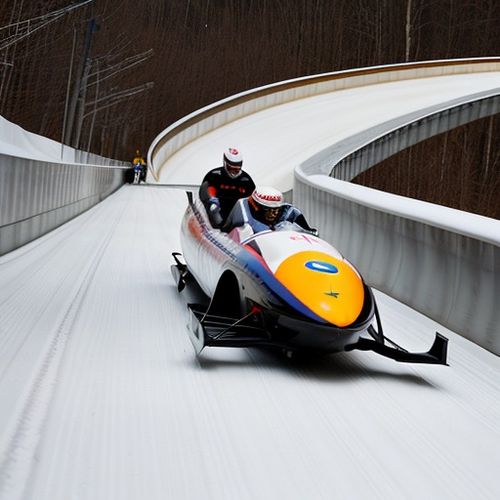
By Samuel Cooper/May 9, 2025
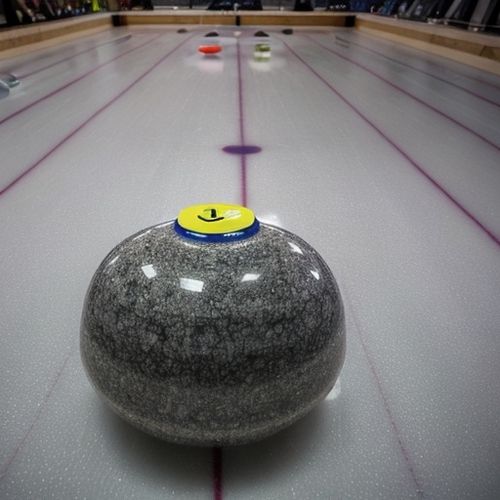
By William Miller/May 9, 2025
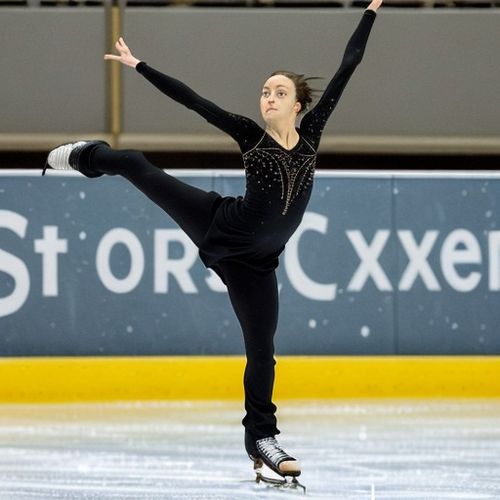
By Olivia Reed/May 9, 2025

By Natalie Campbell/May 9, 2025
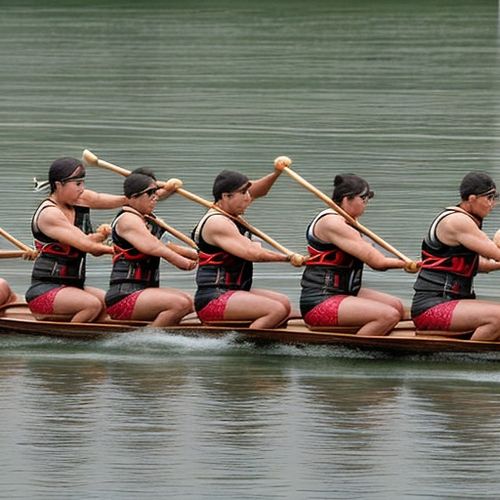
By Sophia Lewis/May 9, 2025

By Sarah Davis/May 9, 2025
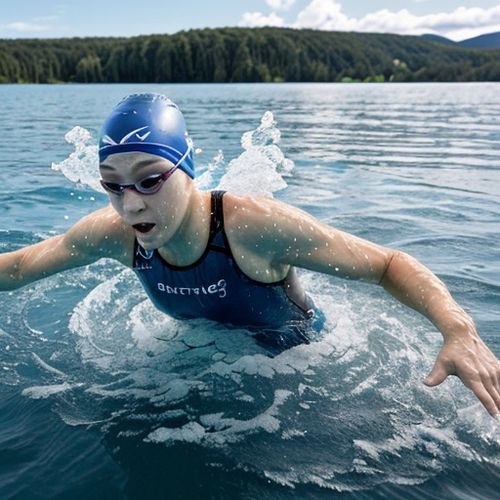
By Grace Cox/May 9, 2025
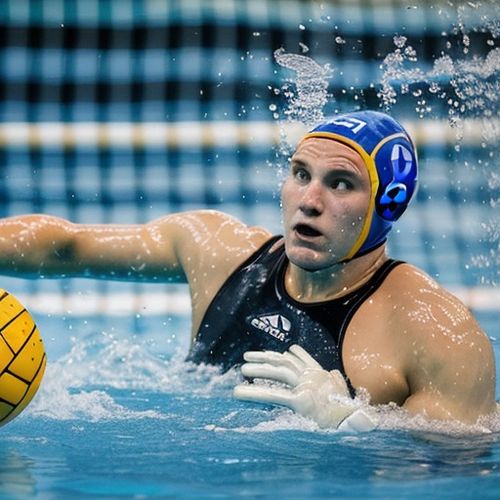
By John Smith/May 9, 2025

By Noah Bell/May 9, 2025